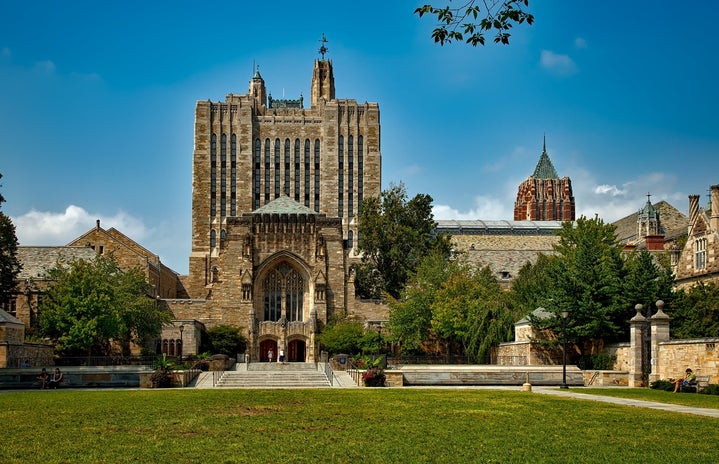This past summer, something did the seemingly impossible: it united people both young and old from a variety of social and cultural backgrounds—and encouraged them to get fit at the same time. What was this very special something, you might ask? Believe it or not, it was an app. Specifically, it was an app called Pokémon GO, developed by American software company Niantic in collaboration with the Japanese companies Nintendo and Game Freak.
Inspired by the wildly popular video game, cartoon, and trading card franchise, which focuses on the capturing and collecting of a crowd of cuddly critters, Pokémon GO is an augmented reality mobile gaming app. It projects Pokémon into players’ real world location, allowing them to catch and train the virtual creatures in real time, but that doesn’t mean that it’s easy to “catch ’em all.” In fact, players must walk considerable distances in order to find all of the Pokémon in an area, and different types of Pokémon can only be found in certain regions.
Sound a little bit silly? I wouldn’t be so quick to judge. Pokémon GO has proven to be extraordinarily popular. Within a week of its release, it became the most downloaded app in the history of Apple’s App Store, as well as the highest grossing. Over the summer, it seemed like everyone and their grandmother was playing this game, and even though interest has waned slightly since then, it’s still doing remarkably well.
However, as with any fad, Pokémon GO has also attracted its share of critics, and not without good reason. Some players have reportedly trespassed on private property in order to catch rare Pokémon, and the game has indirectly caused accidents and even a few deaths due to its distracting nature. Still, in spite of these criticisms, I believe that the game has done much more good than harm.
As a self-professed nerd and Pokémon fan, I may be slightly biased, but I truly think that Pokémon GO has done something that few other video games can claim to have done: it has given people from vastly different walks of life something to bond over, as well as an excuse to get out and exercise. I was working at a children’s museum in Chattanooga when Pokémon GO first launched, and I watched as it transformed my workplace overnight. Suddenly, it seemed like all of my coworkers were talking about the Hitmonchan they’d caught the night before, or the best place to go hunting for water Pokémon, or the totally real Easter egg that allowed you to determine how an Evee would evolve. Even folks who had never picked up a video game controller and couldn’t tell a Caterpie from a Weedle were playing the game. I saw parents come into the museum playing it together with their children and even a few of my managers got in on the fun. The game became a common denominator, an easy icebreaker topic to bring up whenever I wasn’t sure how to start a conversation, and this allowed me to form friendships with people who otherwise had nothing in common with me. On Pokémon-hunting trips with friends, I visited parts of Chattanooga I hadn’t visited in years, and the game definitely encouraged me to get outside and walk around more than I usually do.
Does the game have flaws? Yes. Has the game been misused by a small group of players? Of course. But my own experience has shown me that Pokémon GO’s benefits far outweigh its flaws. In an age where technology is often bemoaned for causing isolation, Pokémon GO has proven that it is possible for a video game, of all things, to build community. It’s a great example of how technology can be used to actually improve people’s lives instead of simply distracting them.
Now, if you’ll excuse me, I have some Pokémon to catch.
SaveSave

